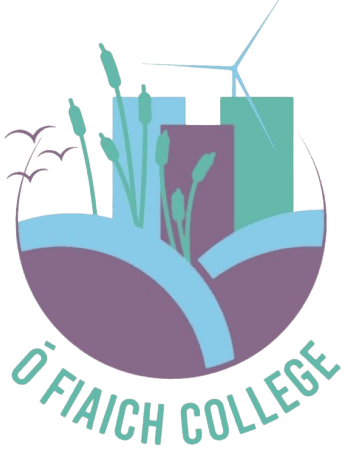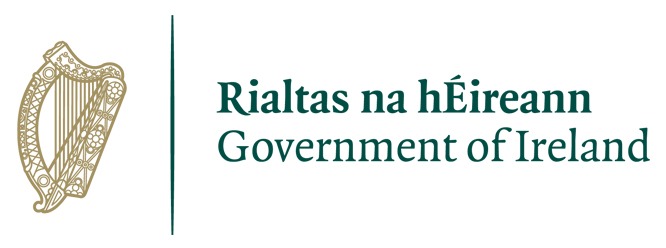Wood Technolgy
- Home
- /
- Wood Technolgy
What is Wood Technology?
What kind of student would Wood Tech suit?
What will I Study?
Strand 1: Principles and Practices
Students will learn to work safely and efficiently with equipment and materials.
Strand 2: Design Thinking
Students are offered the opportunity to use key principles of design and produce sketches, drawings, models/prototypes, and artefacts that illustrate their design thinking.
Strand 3: Wood Science and Materials
In this strand, students explore the natural and physical properties and characteristics of wood. They explore the role of forestation and wood in terms of local/global ecology and sustainability and recognize the importance of considering the impact on the natural environment when sourcing materials.
How is it assessed?
Classroom based assessment 1 + 2:
The CBA’s are corrected by subject teachers together.
CBA’s do not form part of a student’s final results at the end of the junior cycle. However they are documented in the junior cycle profile of achievement which serves as statements of achievement that students can bring forward in life and use for CVs, interviews, college progression etc.
Project:
It is comprised of a made artifact and a brief. The student will analyze and research the brief and then create an artifact and a separate written document explaining the process of analysis, research, design, creation and evaluation.
The project’s brief is set and marked by the State Examinations Commission.
Final exam:
Project = 35%
Written document = 35%
Written Examination = 30%
Subject Competitions, Projects, etc.
Classroom based assessment 1 (1st year)
This Classroom-Based Assessment is designed to encourage the practice of research for students. Students will explore a wood science-related issue within a local/global context. They will analyse the information/data collected, evaluate and present the findings of their research of the issue they have investigated, with support/guidance from the teacher.
Classroom based assessment 2 (3rd year)
Students will analyze an element of their coursework and skills to date in Wood Technology. Students will focus their analysis and evaluation on a range of completed tasks or on a specific task they have completed thus far. This Classroom-Based Assessment is designed to encourage the practice of self-evaluation throughout. Once the student conducts the self-analysis, they must interpret and evaluate their findings to offer helpful direction for the upcoming project.
Project (3rd year)
On completion of the classroom-Based Assessments, students undertake a project as part of their final assessment (70%). The project is completed after the second Classroom-Based Assessment in third year.
Junior Subjects – LC Options
Construction studies, engineering, Biology, math’s.
Senior Subjects – Possible Careers
Construction, architecture and property sector:
- Skilled trades
- Surveying
- Construction
- management and planning
- Architecture
- Civil engineering
- Property management
Art, Craft and design sector:
- The crafts industry
- Design
- Making a living in art
- Graphic design
- Visual arts
Engineering, manufacturing, and energy sector:
- Civil engineering
- Manufacturing
- Energy and utilities
- Structural
- engineering
- Electrical
- engineering





